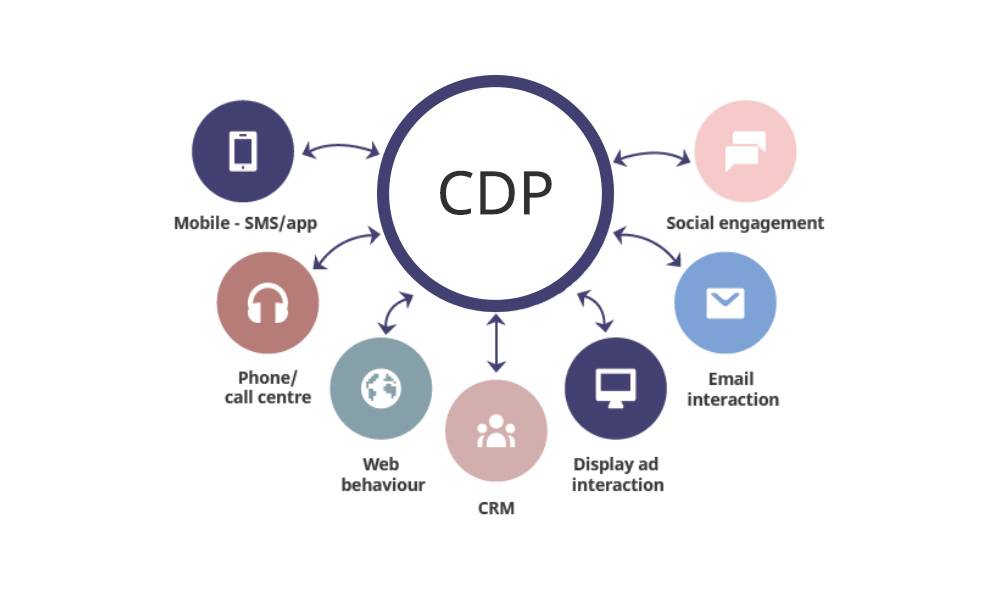Customer Data Platform: The Basics and the Benefits
Have you come across the notion of a customer data platform (CDP)? If you’re a digital marketer with a sweet tooth for data; chances are you have. But what magic and which promises lie behind all that buzz? Let me break down the basics and the benefits into a four minute read.
What is a Customer Data Platform?
For most marketers, A CDP (customer data platform) is the data-driven gold at the end of the rainbow. And for a long time, it’s almost been as mythical as the leprechaun itself.
However, as marketing continues to evolve in lightning speed, the utopian dream has moved into palpable practice. But let’s move on to a definition of the system, shall we?
The CDP-guru and founder of the CDP institute, David Raab, describes it as:
“A Customer Data Platform is a packaged system that creates a persistent, unified customer database accessible by other systems.”
In other words, a CDP is a prebuilt, manageable system that captures data from multiple systems and sources, thus creating comprehensive view of each customer. Furthermore, the stored data can be analysed and used by other systems, such as marketing automation, social media, email, CRM, SMS and in-store point of sales. All through a single point of control.
But hold up... Why is it important to gather multiple data sources in one system? Because data collection from separate silos is a bit like untangling a ball of cut up yarn and trying to connect the ends:

On the flip side, a CDP untangles the layers of data from your systems and presents you with an easy overview:

The main functionality is thus to ingest data to provide a fully unified view of the customer, generating higher-quality data with greater insights. And the purpose and function of the system ties perfectly in with the new era of customer demands…
The Expectation of a Unified Customer Experience
In the end, successful marketing trickles down to one thing: to pave the way for a relevant and highly-personalised customer experience that shuffles a person from an unknown visitor into a loyal customer.
However, customer expectations are at an all time high...
They assume that you remember who they are, what they’ve purchased, and that you’re able to anticipate and predict their next move. A unified experience at all time and across all customer touchpoints.
To add fuel to the fire; 87% of British people only consider brands that are personally relevant, and 45% are only loyal to brands that showcase a deep understanding for their individual preferences.
It might sound like a tall order... However, you need to use the customer expectations to your advantage and turn the challenge into an opportunity if you want to meet their needs.
But here’s the kicker: you can’t create a unified customer experience unless you unify your customer data. Here’s where a customer data platform (CDP) comes into play.
CDP and the Single Customer View
A CDP is a treasure trove of customer insights and the gateway towards a unified customer experience. How? Because it captures data and provides real-time insights into the customer’s path to purchase through a single customer view.

This is made possible through the unification of demographic data, purchasing behaviour, web activity and offline data sources. The simplified process runs like this:
- Data sources come in
- The CDP loads, standardised and transforms the data
- The data is linked to identities in the customer profiles.
Thus, a CDP doesn’t merely shuffle single source data from one silo to another. It releases it from it’s captivity by gathering, unifying and linking data to customer profiles.
So, instead of having important information about your customers’ preferences and behaviour sit on isolated and fragmented islands, it’s gathered within customer profiles all collected within one reviewable database.